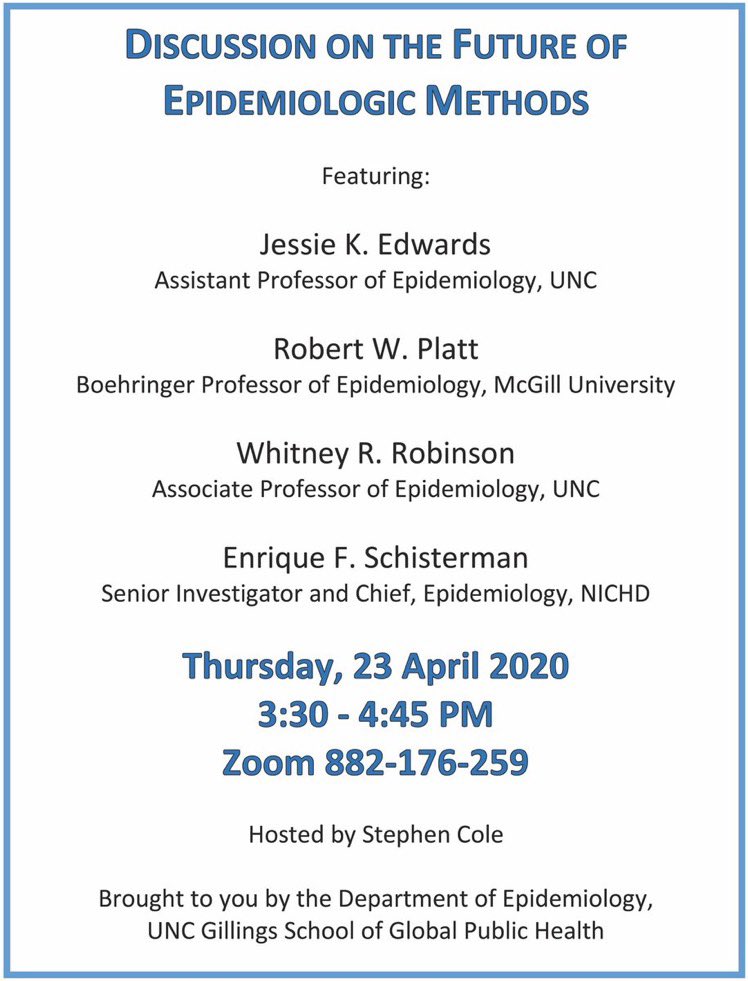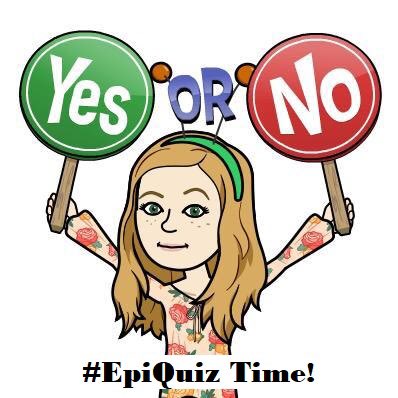
This is @brianwwhitcomb and @ashley_naimi with a short twitter takeover of @AmJEpi about our latest work in the AJE Classroom about ‘noncollapsibility’ #epitwitter
Heard or read about ‘noncollapsibility’, but not sure what it is? Is including nonconfounding risk factors in regression models to estimate causal exposure effects a good or bad idea? Does it even matter?
Answer: IT DEPENDS! Sometimes, adjusting for non-confounding risk factors can lead to very misleading results, making it seem like that factor is a confounder or effect modifier, even though it is not!
How? When? Why? We answer these questions and address these points AND MORE in the AJE Classroom doi.org/10.1093/aje/kw…. Read on for more highlights in this tweetorial!
Let’s start by introducing a simple scenario with a little #DAG with 3 dichotomous variables: disease (D), an exposure of interest (E), and a nonconfounding risk factor (F), which is (marginally) unrelated to E but is a cause of the outcome
The DAG is a nonparametric illustration of a causal system that includes E, F, and D. If we want to estimate the causal effect of E, what we should do about F depends on considerations beyond the DAG. What are these considerations…?
Consideration 1: how do E and F truly affect risk of disease? One possibility is risk additivity. That is, the true effects of E and F are to add to baseline risk. A model to assess additive risk would look like this:
Consideration 2: what model are you using to model disease risk? Two commonly used options are logistic regression (multiplicative odds models) and log-binomial regression (multiplicative risk models)
If disease is truly determined by additive risk then stratification on F in a multiplicative model of odds or risk will make it seem as though F is an effect modifier even though it is not!
Alternately, E and F could affect disease odds through a multiplicative process, like this:
In this case, NOT INCLUDING nonconfounding factors like F in a logistic regression model results in differences between the adjusted and unadjusted parameter (not estimate!) even though there is no confounding by F!
This is why in 1981, around the time Queen’s “Another one bites the dust” finished a 3 week run on the Billboard Hot 100, Miettenen and Cook wrote “a change in the estimate...as a result of control…can lead to a false conclusion” in @AmJEpi doi.org/10.1093/oxford…
For the rest of the story and consideration of a range of scenarios, check out the full paper in the AJE Classroom doi.org/10.1093/aje/kw…
• • •
Missing some Tweet in this thread? You can try to
force a refresh










